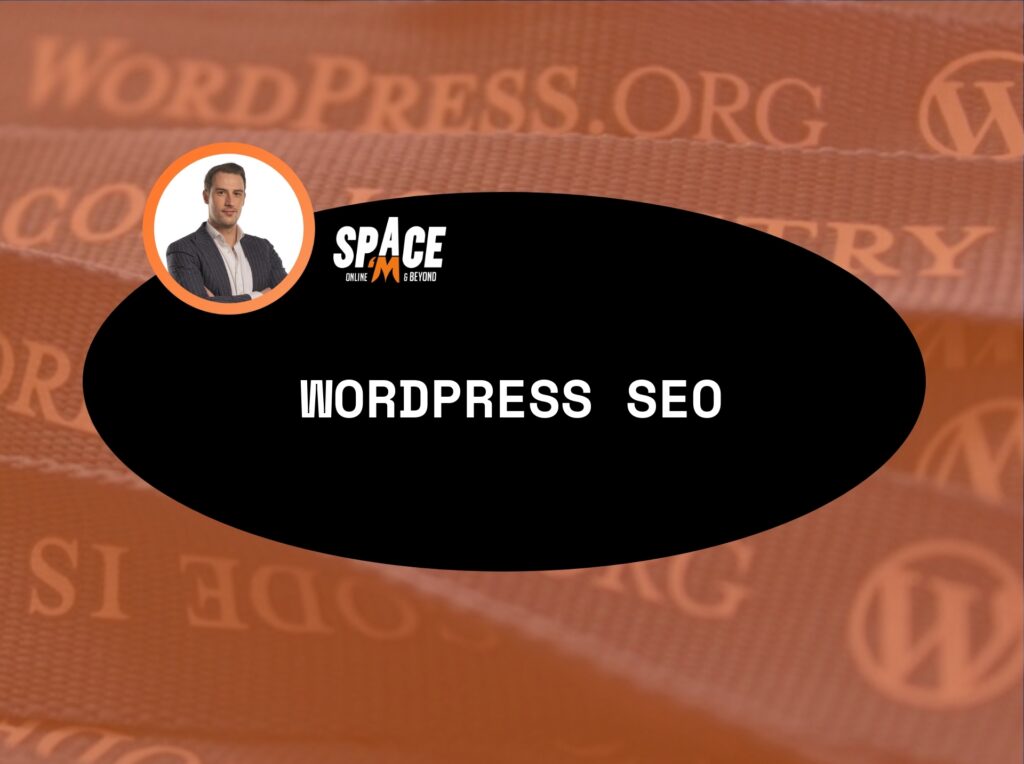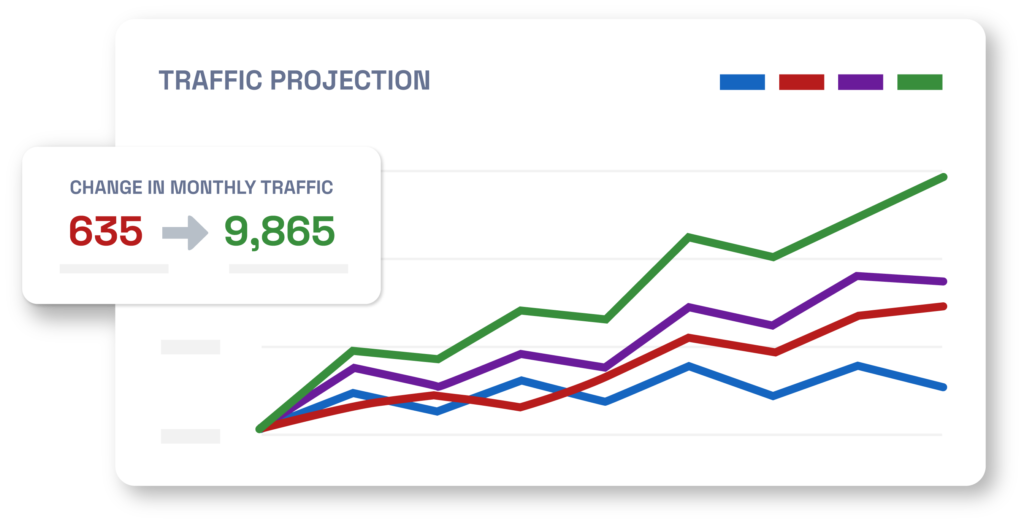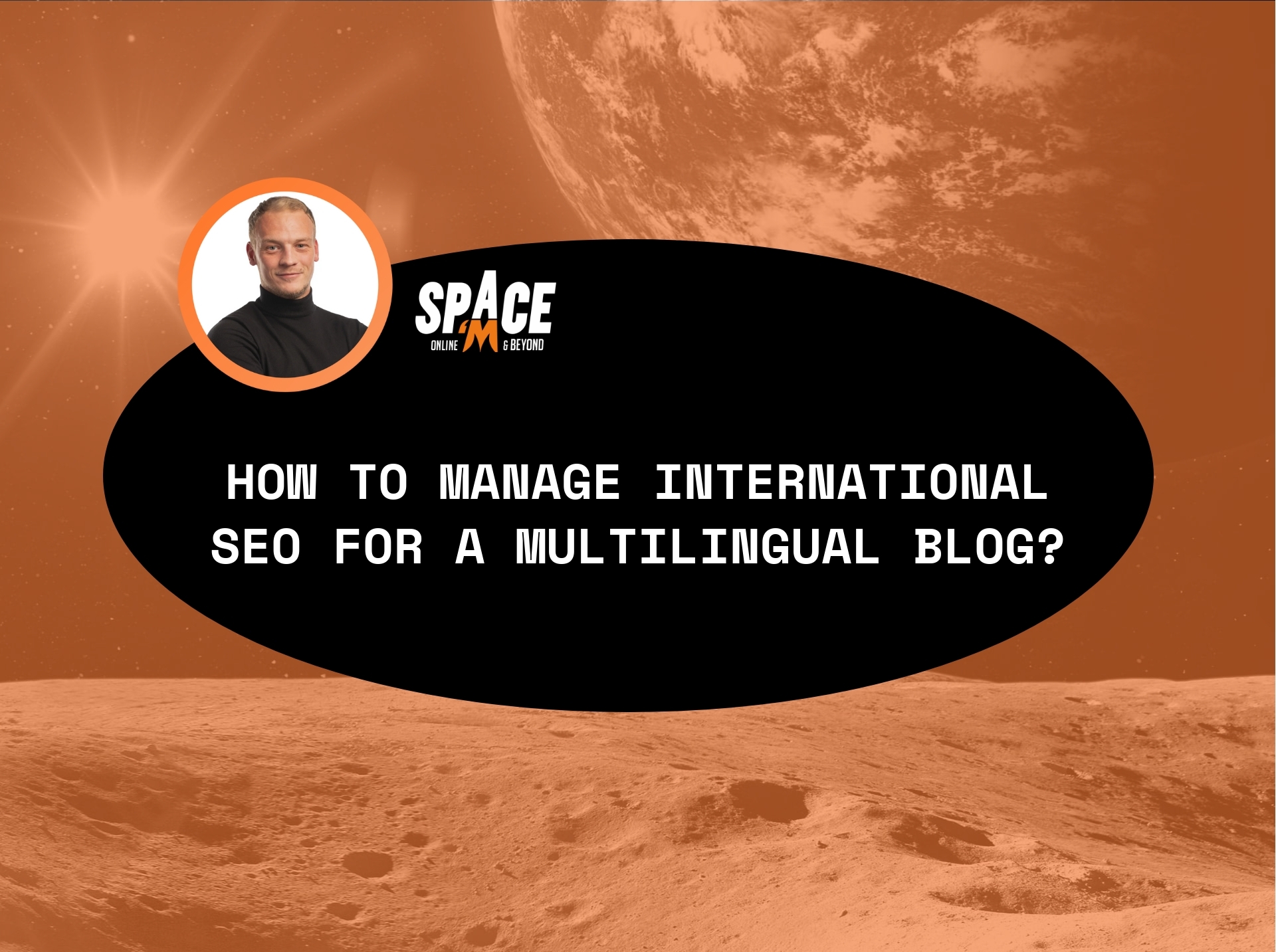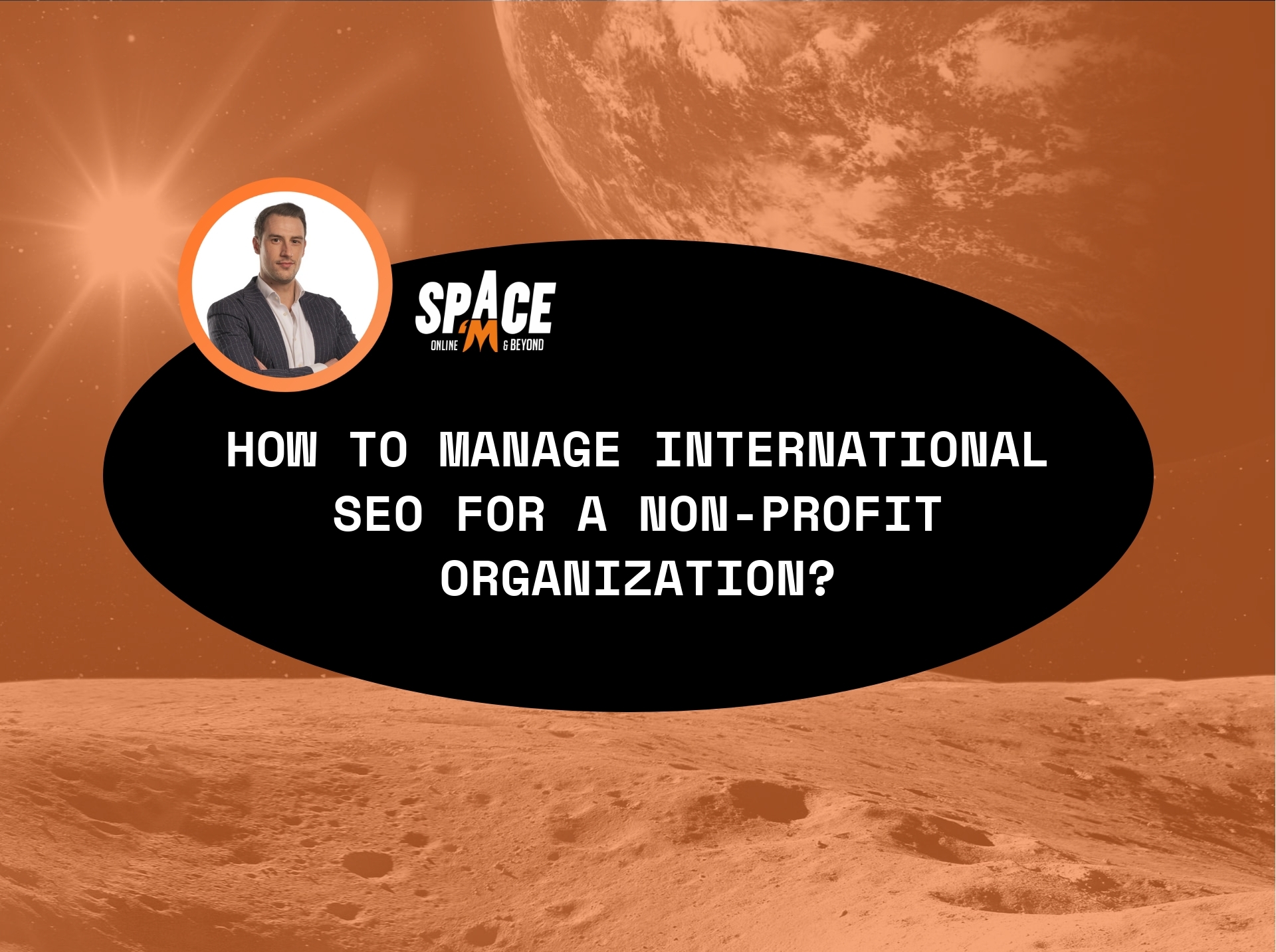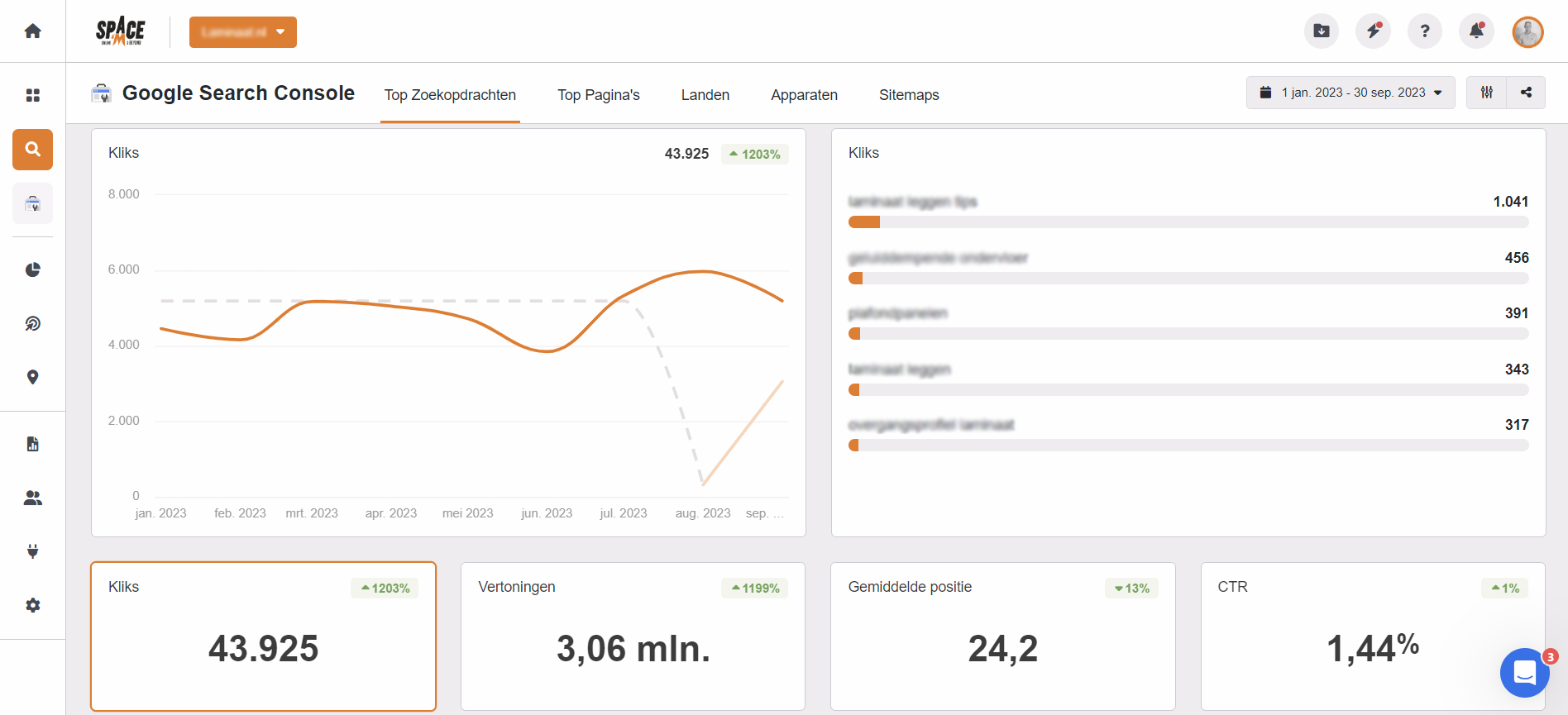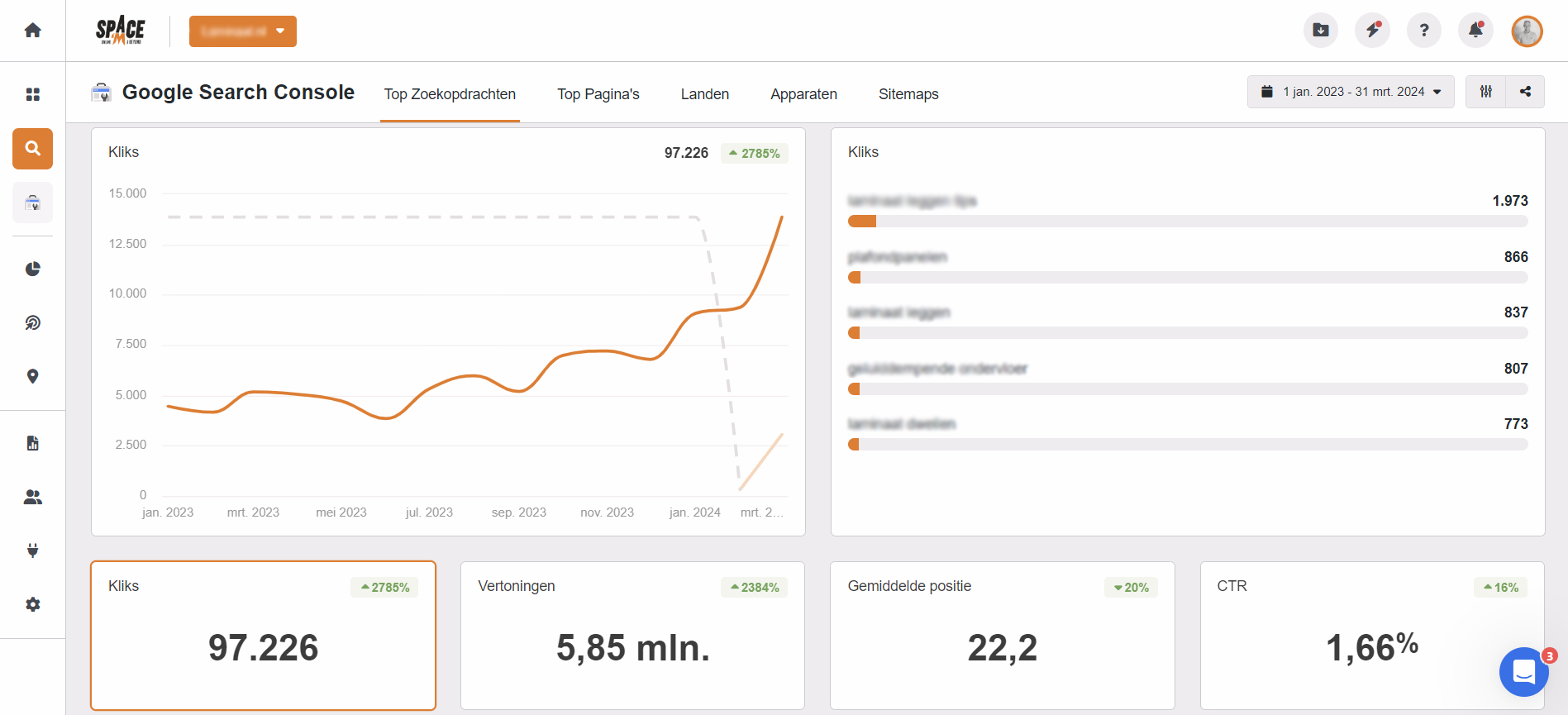Looking to improve your WordPress site’s search engine ranking? This guide covers essential SEO WordPress tips, plugins, and strategies to help you drive more organic traffic. Let’s get started on optimizing your site for better visibility.
Key Takeaways
- SEO is crucial for enhancing the visibility of WordPress sites on search engines, leading to increased organic traffic without resorting to PPC advertising.
- Selecting the right SEO plugin, such as Yoast SEO, Rank Math, or AIOSEO, is essential for optimizing WordPress site performance, each offering unique features tailored to different needs
- Proper setup and configuration of SEO plugins, site structure optimization, keyword research, on-page SEO, technical SEO, site speed enhancement, mobile optimization, and leveraging tools like Google Search Console and Google Analytics are key strategies for improving SEO performance on WordPress sites.
Understanding SEO for WordPress
SEO involves the practice of optimizing web pages to enhance their visibility on search engine results pages (SERPs). This helps drive organic traffic to the site. This process plays a key role in drawing relevant, high-quality traffic to your WordPress website, helping it reach its full potential.
Any website owner looking to circumvent the steep costs tied to pay-per-click (PPC) advertising should consider SEO as a necessity. Effective implementation of SEO strategies can enhance your site’s search engine rankings organically, leading to increased traffic without resorting to paid ads. The main objectives of SEO include making your content easily discoverable and indexable by search engines like Google, and ensuring its prominent display in search results.
While Google doesn’t favor any specific content management system (CMS), WordPress is recognized for its SEO-friendly nature. However, just because you use WordPress doesn’t mean your SEO efforts will be effortless. Success in organic search still requires a strategic approach. Fortunately, you don’t need to be a technical expert to apply effective SEO techniques to your WordPress site.
This guide aims to demystify the basics of WordPress SEO for beginners, offering practical tips and strategies to boost your site’s visibility and organic traffic. Adhering to these insights can help you shape your WordPress site into a highly optimized platform that shines in search engine results. Join us as we delve into the world of WordPress SEO and tap into your website’s true potential.
Other interesting articles that may be useful:
Choosing the Right SEO Plugin for WordPress
Selecting the right SEO plugin is a critical step in optimizing your WordPress site for search engines. Among the most popular options are Yoast SEO, All In One SEO (AIOSEO), and Rank Math. Each of these plugins offers unique features and benefits, catering to different needs and preferences for website owners. To choose the best WordPress SEO plugin, consider your specific requirements and compare the features of each option.
Yoast SEO, created in 2010 by Joost de Valk, is one of the most widely used SEO plugins. It offers a comprehensive setup wizard, although it includes 12 configuration steps, which may be overwhelming for beginners. Yoast SEO’s pricing starts at $99 per year for a single site license. Despite its slightly dated interface, it remains a powerful tool for optimizing your content with features like meta box interface and title templates.
Rank Math, launched in 2018 by MyThemeShop developers, is another strong contender. It integrates Google Analytics early in the setup process, making it a robust choice for data-driven SEO strategies. Rank Math’s pricing starts at $59 per year for unlimited personal websites, offering a cost-effective solution for multiple site owners.
All In One SEO (AIOSEO) offers a user-friendly setup wizard with only four steps and a helpful video guide, making it accessible even for beginners. Its features include:
- TruSEO on-page analysis
- Rich snippets schema markup
- Advanced eCommerce SEO support for WooCommerce
- Redirection Manager with six different redirect types
- Customizable breadcrumb templates
The Elite version supports up to 100 sites and includes one year of priority support. Thus, AIOSEO stands out for its comprehensive suite of tools and ease of use.
Setting Up Your SEO Plugin
After selecting your SEO plugin of choice, the subsequent step involves its correct setup. Proper installation and configuration are paramount to prime your WordPress site for search engine optimization.
Installing Your SEO Plugin
To install the Yoast SEO plugin, follow these steps:
- Navigate to the WordPress control panel.
- Click on ‘Plugins’, then ‘Add New’.
- Search for ‘Yoast SEO’.
- Click ‘Install Now’.
- Click ‘Activate’.
- Ensure the plugin is activated by clicking ‘Activate Plugin’ on the Add Plugins screen.
This process is similar for most SEO plugins, making installation straightforward even for beginners.
Configuring Basic Settings
After activation, the Yoast SEO plugin prompts users for first-time configuration. Start by ensuring that the ‘Search engine visibility’ checkbox is unchecked if your website is live and ready to be indexed on Google.
Navigate to the Yoast SEO settings, click on ‘Content Types’ or ‘Categories and Tags’, and set title templates and meta description templates for each post type and taxonomy. This foundational setup will ensure your site is structured correctly for search engines.
Optimizing Your WordPress Site Structure
Having a well-structured site is pivotal for both user experience and SEO. It aids search engines in discerning important content, promoting superior indexing and improved rankings.
Additionally, an optimized site structure enhances navigation, making it easier for visitors to find and engage with your content.
Creating Clear Navigation
Establishing clear navigation is fundamental to enhancing user experience and assuring visitors can effortlessly find what they are looking for. Adding breadcrumbs to your pages reflects the site’s structure and enhances both user experience and SEO.
Implementing intuitive menus and straightforward navigation paths ensures that your content is accessible within three clicks from the homepage.
Effective Use of Categories and Tags
Categories and tags are powerful tools for organizing content on your WordPress site. You should employ categories in a hierarchical manner, using main categories and subcategories to effectively structure content. Tags, on the other hand, are non-hierarchical and help specify properties that might interest a visitor.
Avoid overusing tags; instead, use them sparingly and meaningfully to group content.
Internal Linking Strategies
Internal links are links from one page to another within the same domain. They help distribute ‘link juice’ and guide visitors through your site, boosting page authority and improving SEO. Contextual internal links within the copy of your pages can direct users to relevant content, enhancing both user experience and SEO. Tools like AIOSEO’s Link Assistant can automate and suggest strategic internal links, simplifying this task.
Keyword Research for WordPress SEO
Keyword research forms the cornerstone of SEO. It involves identifying words and phrases that people use in search engines, helping businesses optimize their content for higher search rankings. Effective keyword research can lead to increased website visibility and traffic, translating into higher sales or leads.
Finding Relevant Keywords
Instruments such as Google Keyword Planner, Ahrefs, and SEMrush prove priceless when conducting keyword research. These tools provide data on search volume and competition, helping you identify keywords that are most relevant to your content.
Long-tail keywords, which are specific phrases typically involving three or more words, are less competitive and attract more targeted traffic.
Implementing Keywords in Content
Effectively embedding keywords within your content is vital for SEO. An optimized URL should include the main keyword or keyphrase. Using keyword modifiers like ‘best’ or ‘top’ can attract more specific and high-intent traffic.
Ensure keywords appear naturally in your titles, headings, and throughout the content to improve search engine visibility.
On-Page SEO Optimization
On-page SEO entails fine-tuning individual pages to secure higher rankings and attract more pertinent traffic from search engines. This includes elements like:
- Title tags
- Meta descriptions
- Headings
- Image optimization
Crafting SEO Titles and Meta Descriptions
Meta titles ought to be succinct, replete with keywords, and provide an accurate description of the content. Meta descriptions should contain the keyword phrase and be compelling to encourage clicks. You can write effective meta descriptions using the meta description field in the Yoast SEO plugin. This will help improve your website’s search engine visibility and click-through rates.
Titles and descriptions optimized for maximum clicks can significantly improve your click-through rate (CTR).
Using Headings Effectively
Headings play a key role in organizing content and aiding readers in information processing. Large, significant headings should use h2 tags, and the focus keyphrase should appear in headings to improve content structure and SEO.
Proper use of headings ensures your content is easily navigable and readable.
Optimizing Images
Optimizing images involves adding descriptive title and alt tags to help search engines understand the content. Alt tags make images accessible for screen readers and improve SEO.
Compressing images to reduce their file size can significantly improve load times without compromising quality. Use tools like the Smush plugin for automatic image optimization.
Technical SEO for WordPress
Technical SEO guarantees that search engines can efficiently crawl and index your website’s content, a factor pivotal for its visibility in SERPs. This includes optimizing XML sitemaps, robots.txt files, and SSL security.
Generating XML Sitemaps
XML sitemaps are beneficial for assisting search engines in comprehending the layout of your website and locating crucial pages. By providing this information, they can improve the visibility of your site in search results. The AIOSEO plugin automatically creates an XML sitemap, simplifying the process for users. In Yoast SEO, you can find the sitemap URL under the ‘Features’ tab in the general settings.
Submitting your XML sitemap to Google Search Console is important because it helps search engines discover new pages. This can improve your website’s visibility and ensure that all your content is being properly indexed.
Optimizing Robots.txt File
Robots.txt files specify which pages search engine crawlers should or shouldn’t access on a website. Avoid blocking important pages or sections in the robots.txt file, as it can negatively impact search engine rankings.
Use the ‘Discourage search engines from indexing this site’ option in WordPress to temporarily hide the website from search engines if needed.
Ensuring Your Site Is Secure with SSL
SSL (Secure Sockets Layer) is a security protocol that encrypts communication between a website and its users, ensuring sensitive information is transmitted securely. Websites secured with SSL have the following benefits:
- Indicated by a padlock sign in the browser’s address bar, making the site more trustworthy
- Improving its search engine rankings
- Confirmed ranking factor by Google
- Helps protect users’ privacy
Implementing SSL/HTTPS is recommended by Google.
To secure an SSL certificate, you can resort to trusted certificate authorities such as Let’s Encrypt or Comodo. Many hosting providers offer free SSL certificates, and you can ensure its correct implementation by using plugins like Really Simple SSL.
Securing your WordPress site with SSL is crucial, especially if you run an online store or process sensitive payment information.
Enhancing Site Speed and Performance
Speed is integral to user experience, SEO, and user engagement. Faster websites rank higher on Google due to the prioritization of user experience.
Enhancing site speed involves optimizing various elements, from hosting providers to image optimization.
Using Caching Plugins
Caching can markedly enhance site performance by delivering static content, lessening server load, and hastening page load times. Browser caching stores static files in a user’s browser cache, thereby improving loading speed on subsequent visits.
Plugins like W3 Total Cache or WP Super Cache are popular choices for WordPress users.
Optimizing Images for Speed
Optimizing images by compressing, resizing, and using appropriate file types is crucial for enhancing site speed. Large image files are a primary factor in slow website performance, and downsizing images can significantly improve speed.
Tools like Smush can help in automating image optimization, ensuring that your site loads quickly without compromising quality.
Selecting a Fast Hosting Provider
Choosing a fast hosting provider is critical for maintaining quick load times and optimal site performance. Providers like SiteGround and Bluehost are recommended for their speed and reliability. A good hosting provider will offer built-in CDNs to distribute content across multiple servers, reducing server load and improving load times.
Automated burst scaling ensures that your site doesn’t slow down during traffic spikes.
Mobile Optimization for WordPress
Given that over 53% of global internet traffic now originates from mobile devices, mobile optimization becomes indispensable for SEO success. A seamless mobile experience can increase user engagement, with users spending up to three times more time on mobile-optimized sites.
Choosing a Mobile-Friendly Theme
Responsive themes guarantee an automatic adjustment of your WordPress site’s layout to accommodate various screen sizes. This makes your site accessible and user-friendly across all devices. Adaptive design offers tailored user interfaces for different devices, further enhancing user experience.
Choosing a mobile-friendly theme is crucial for improving your site’s SEO and user engagement.
Testing Mobile Usability
Conducting mobile usability tests verifies the performance of your site across different devices. Tools like BrowserStack allow for cross-device testing, ensuring consistency in mobile usability. Google’s Mobile-Friendly Test can evaluate and enhance your site’s mobile optimization.
Ensuring links are not too close together, buttons are easily clickable, and fonts are consistent and readable will enhance the mobile user experience.
Leveraging Google Search Console
Google Search Console serves as an indispensable instrument for:
- Monitoring your site’s presence on search engine results pages (SERPs)
- Tracking website errors
- Providing essential data to optimize your site’s performance and visibility.
Setting Up Google Search Console
To verify your WordPress site in Google Search Console, you have a few options:
- Upload an HTML verification file to your site’s root directory via FTP.
- Use an HTML tag through the Yoast SEO plugin.
- Verify using a DNS TXT record.
- If you are already using Google Analytics, you can select it as your verification method.
Site verification is essential for monitoring and enhancing your SEO performance.
Utilizing Search Console Data
Google Search Console provides data on high-performing keywords and pages, helping you identify areas for improvement. Analyzing this data can inform your content strategy and optimization efforts, leading to better SEO results. Regularly reviewing Search Console data can help uncover issues such as website errors and code markup problems that need resolving.
This ongoing analysis is essential for maintaining and improving your site’s SEO performance.
Building Backlinks for WordPress SEO
Backlinks are fundamental to augmenting your site’s authority and search engine rankings. Quality backlinks from reputable sites can significantly enhance SEO performance.
Identifying Link Opportunities
Identifying link opportunities involves finding relevant sites for backlinks. Resource pages and unlinked brand mentions are prime opportunities for backlinks. Creating ‘linkable assets’ like articles, infographics, and videos can attract backlinks.
Reaching out to industry-related websites and turning unlinked brand mentions into backlinks through polite and appreciative emails can be highly effective.
Outreach and Relationship Building
Effective outreach for backlinks involves building relationships with relevant website owners. Personalized outreach messages explaining the mutual benefits of backlinks can improve response rates.
Engaging with site owners through networking at industry events or online communities can also result in valuable backlinks.
Monitoring and Analyzing SEO Performance
Monitoring and scrutinizing SEO performance is key to gaining insights into and enhancing your website’s efficacy. Key SEO metrics such as organic search traffic, keyword rankings, and bounce rate provide insights into your site’s performance.
Setting Up Google Analytics
To set up a Google Analytics account, create an account, add an Account Name and a property (website) with Name and URL, and enable data-sharing settings. The easiest way to add the Google Analytics tracking code to a WordPress website is to install a Google Analytics plugin like MonsterInsights, insert the tracking ID, and set it up.
Google Analytics provides insights into website traffic and user behavior, which are crucial for optimizing your SEO strategy.
Analyzing SEO Metrics
Consistent scrutiny of SEO metrics can pinpoint areas requiring improvement and optimization. Metrics like bounce rate, session duration, and conversion rate are crucial for understanding user engagement and satisfaction. Properly configuring analytics tools involves setting up goals, defining conversion actions, and filtering out internal traffic to ensure reliable data collection.
Regularly reviewing and updating these configurations helps maintain accurate and actionable insights.
Summary
In summary, mastering SEO for WordPress involves a multifaceted approach that includes choosing the right SEO plugin, optimizing site structure, conducting thorough keyword research, and implementing effective on-page SEO strategies. By focusing on technical SEO elements such as XML sitemaps and SSL security, enhancing site speed, and ensuring mobile optimization, you can significantly improve your site’s performance and visibility.
Regular monitoring and analysis through tools like Google Search Console and Google Analytics are essential for maintaining and improving your SEO efforts. Building high-quality backlinks and engaging in effective outreach and relationship building further enhance your site’s authority and rankings.
Implementing the strategies outlined in this guide will help you unlock the full potential of your WordPress site in 2024. Stay committed, keep learning, and watch your site climb the search engine rankings.
Frequently Asked Questions
What is the best SEO plugin for WordPress?
The best SEO plugin for WordPress depends on your specific needs. Consider popular options like Yoast SEO, All In One SEO, and Rank Math, which offer unique features and benefits.
How can I improve my WordPress site’s speed?
To improve your WordPress site’s speed, use caching plugins, optimize images, choose a fast hosting provider, and minimize CSS, JavaScript, and HTML files.
Why is SSL important for my WordPress site?
SSL is important for your WordPress site as it encrypts communication, improving security and trust, and is a verified ranking factor for Google.
How do I conduct keyword research for my WordPress site?
To conduct keyword research for your WordPress site, use tools like Google Keyword Planner, Ahrefs, and SEMrush to identify relevant keywords with high search volume and low competition. Focus on long-tail keywords for more targeted traffic.
What are the benefits of using Google Search Console?
Using Google Search Console allows you to monitor your site’s presence on search engine results pages, track website errors, and optimize your site’s SEO performance significantly.
